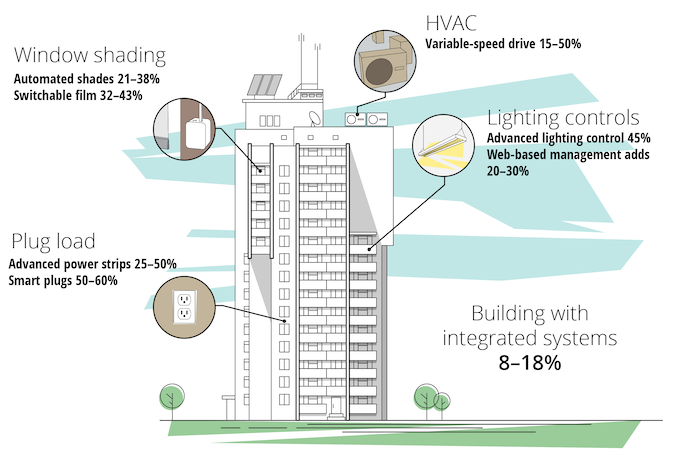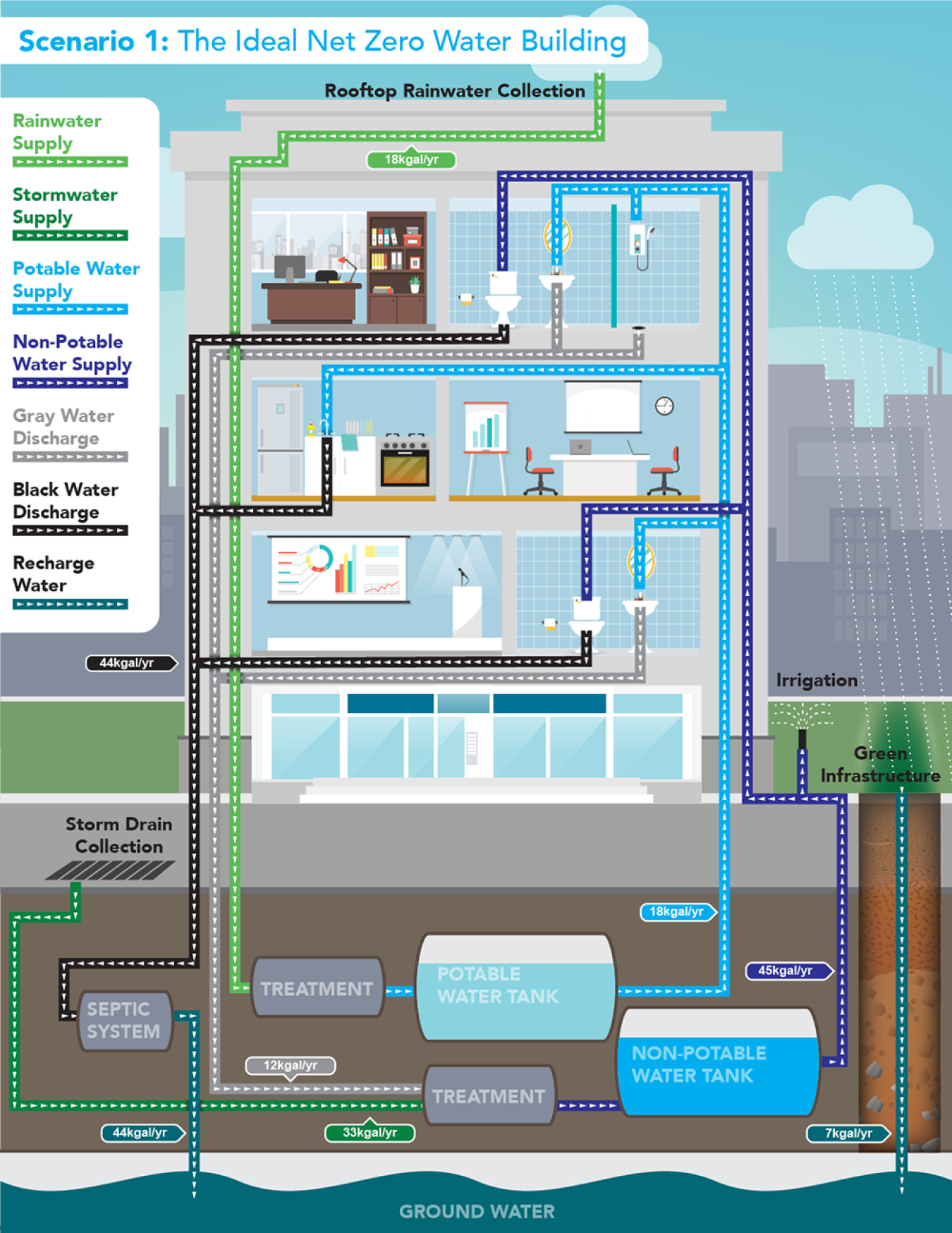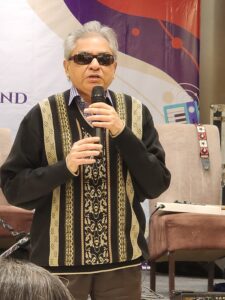“Sustainable architecture is a philosophical and design approach that reduces negative environmental impact while, to an extent, preserving natural resources, meting the users’ needs and improving the quality of life”
-Ken Yeang.
We were talking about the top principles of green buildings in our last post having agreed that sustainable architecture was no more an option but a necessity for the survival of our planet. With the threat of global warming as real as ever and clean drinkable water and energy resources like oil and coal getting scarcer by the day; we actually have no choice but to adopt the green principles religiously. We discussed two principles- site location and orientation and using eco-friendly building materials; let us talk about a few more.
- Optimizing energy efficiency:

The very concept of green architecture came into existence due to rising oil prices during the late 1970s and despite all the hue and cry by so many government and non-government organizations, buildings today account for nearly one-fifth of global emissions, a staggering figure indeed. So, builders and building users can do a huge favor to humanity by going green and reducing their energy usage to the minimum levels possible. For example, you can reduce the requirement of artificial lighting during the day by placing the windows in right places and using additional methods like reflectors to bring the sunlight deeper into your buildings. More efficient HVAC equipment would help you reduce cost on something that accounts for half of your energy needs. Use of energy efficient fittings, occupancy sensors, lux level meters and solar power etc can ensure energy efficiency optimization, and similarly, using good insulation and plugging air leakage can go a long way in making our buildings more energy efficient and saving fat bucks on operating costs. Let us not forget here the benefits of plantations as trees can shade windows, walls and roofs during summers while maximizing solar gain during winters.
- Conserving water:
Many experts believe that the third world war would be fought over the issue of water and this is no exaggeration. Many states in India have been fighting bitterly over the distribution of river waters for decades and water has always been a bone of contention among nations; so many water and river treaties are made and then rejected every now and then.
Buildings, for a record, use approximately 25% of earth’s drinkable water and most of it unfortunately goes down the drain, literally. It is crucial to use a zero discharge water facility in our buildings that allows all the used water to be recycled and reused for non-drinkable purposes like landscaping, cooling etc. Preventing rainwater run-offs by installing rain harvesting systems is very important as well. Water fixtures should be fitted with sensors in our buildings to minimize water usage.

- Waste reduction:
Waste reduction is an important principle of green architecture; it’s essential to minimize energy, water and material waste during construction of buildings. Waste disposal is also a big headache quite often, consuming huge resources and time. According to an estimate, commercial buildings may account for up to 60% of the total waste of big cities. It is also important to provide on-site solutions like compost bins in the design itself to reduce matter going to landfills during building operation.
Apart from these five basic principles of green buildings, there is another major principle that we shall discuss in some other post; and that is human behavior. Everything depends on our will to make our buildings, our planet greener. We will be back soon with another interesting, informative post. So, don’t miss the fun!
Sources:
http://www.louisianalandcan.org › article › The-five-prin…
https://architecture-student.com › tag › principles-of-gree…
https://www.novatr.com › blog › green-architecture
https://www.aceee.org/blog/2019/02/emerging-opportunities-help
https://www.energy.gov/femp/scenario-1-ideal-net-zero-water-building
ABOUT THE AUTHOR

Sandeep Singh is an architect from IIT Roorkee.
Ten years after graduating, he lost his vision to genetic Diabetes.
He reinvented his career and turned writer.
He has authored two fiction books and writes blogs on
Architecture, Outsourcing, Safety and a variety of other
subjects for different organizations. He also chairs and runs two NGOs
